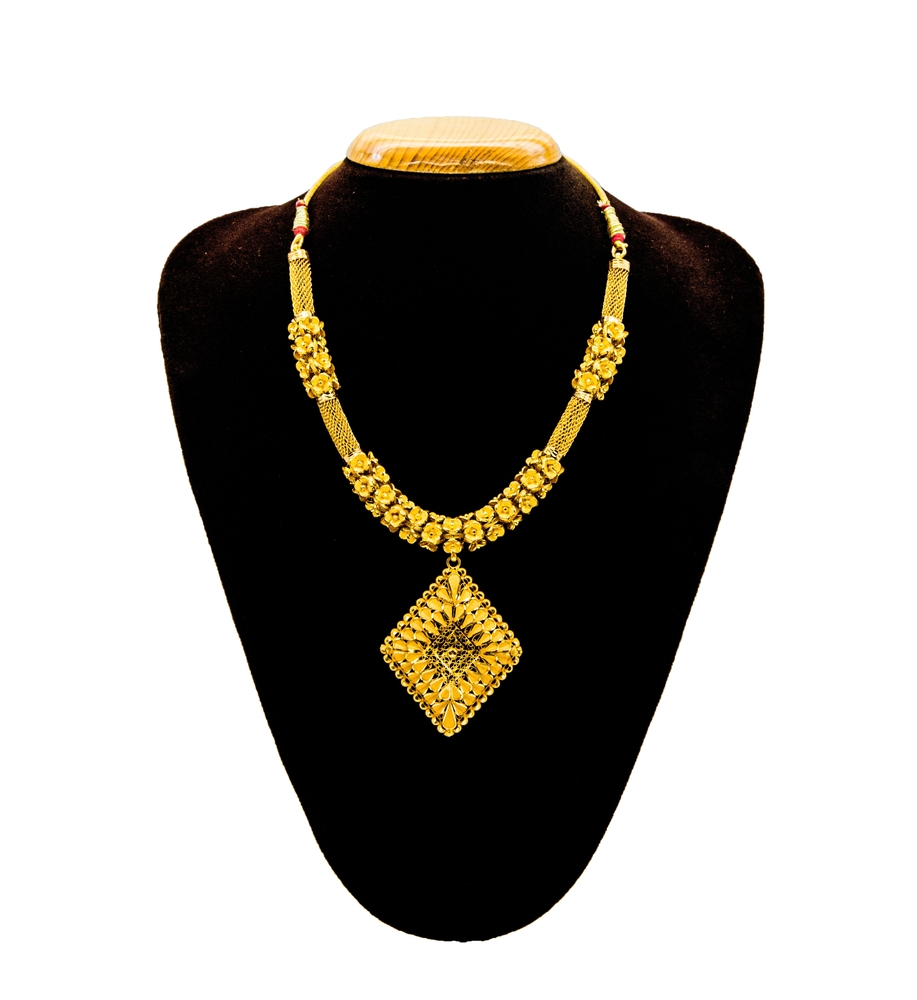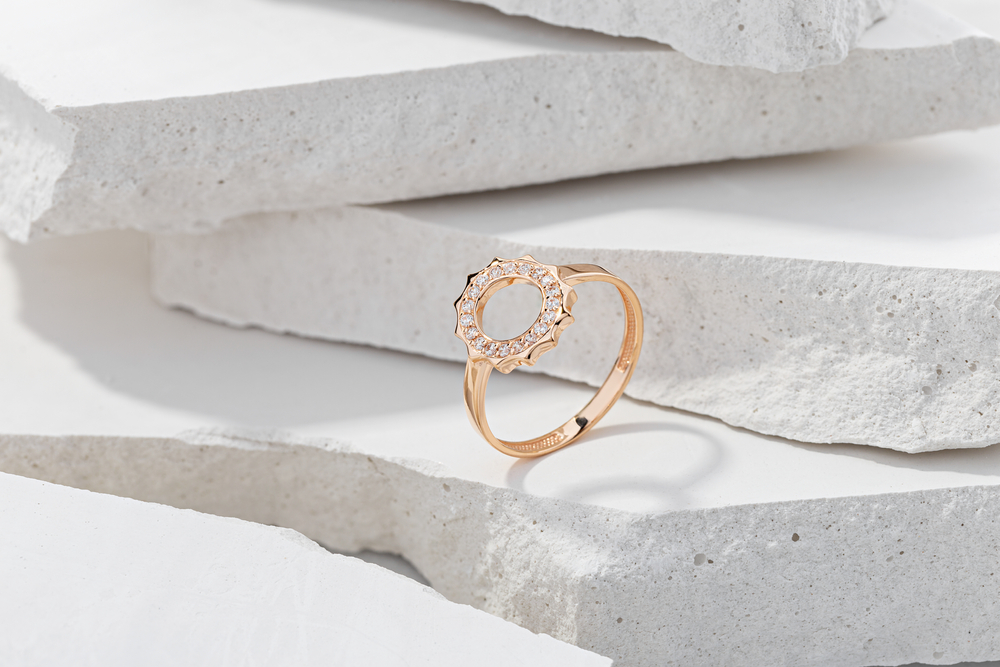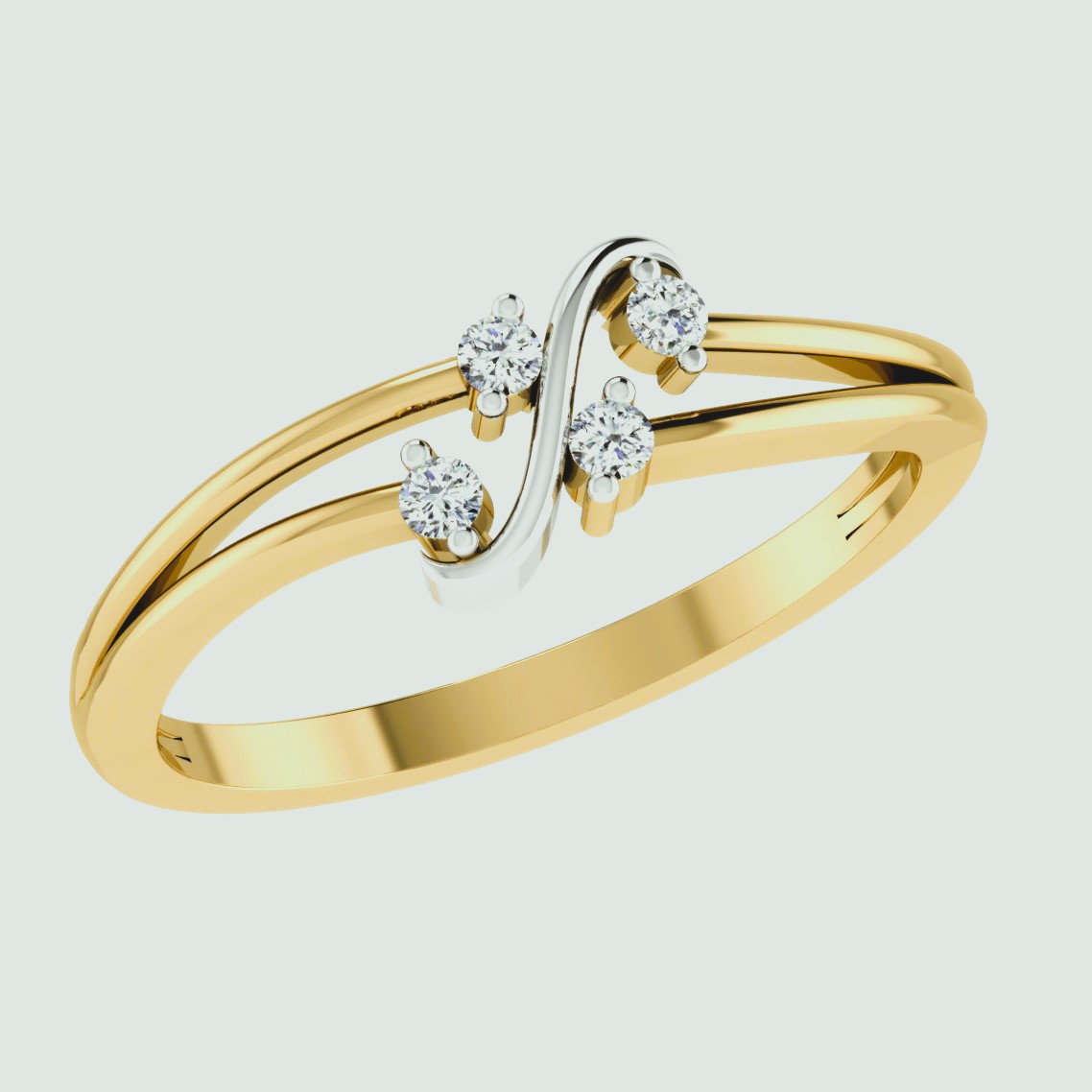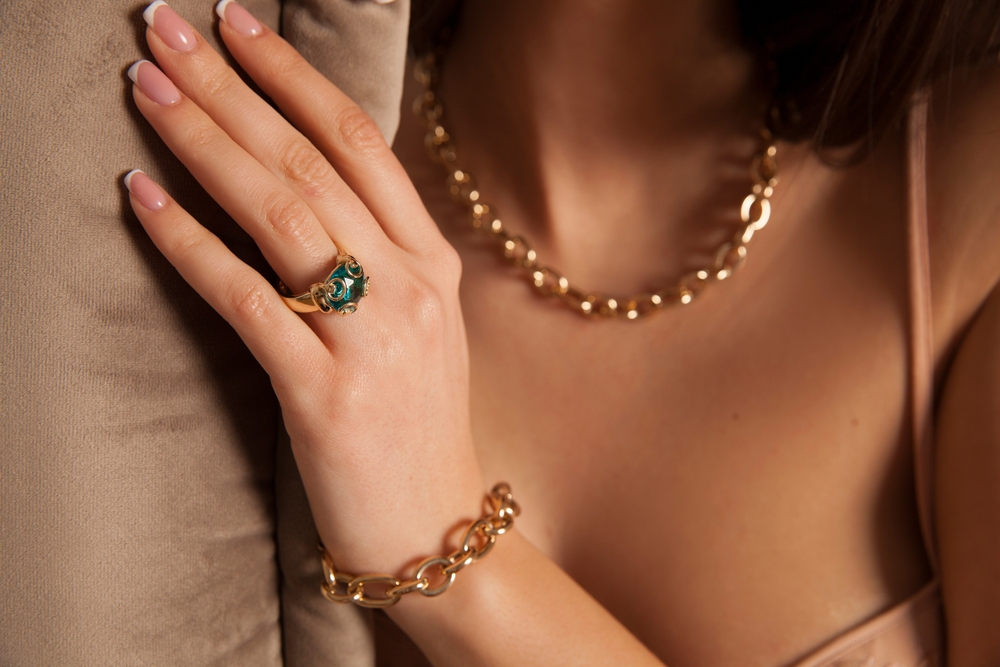Introduction
Gold is a timeless metal that has captivated people for centuries, not only for its beauty but also for its unique properties. However, while stunning, pure gold is too soft for everyday use. This is where gold alloys come into play, enhancing both the strength and aesthetic appeal of gold jewellery. In this blog, we will explore the basics of gold alloys, the popular metals mixed with gold, and how these combinations transform gold jewellery into durable and beautiful pieces.
The Basics of Gold Alloys
Understanding Karats
Gold purity is often measured in karats (k), with pure gold being 24k. This means that in 24k gold, all 24 parts are gold. However, pure gold is too soft for most jewellery applications, making it necessary to mix it with other metals to create alloys. For example, 18k gold contains 18 parts gold and 6 parts other metals, resulting in a more durable product that retains the beauty of gold while enhancing its strength.
Why Pure Gold is Too Soft
Pure gold has a tensile strength of less than 20,000 psi, which makes it vulnerable to scratches and dents. This softness limits its use in intricate designs and everyday wear. By alloying gold with stronger metals, jewellers can significantly increase its durability, making it suitable for rings, bracelets, and other jewellery that withstands daily wear and tear.
Popular Metals Mixed with Gold and Their Benefits
The Role of Silver, Copper, and Palladium
Silver, copper, and palladium are among the most common metals mixed with gold. Silver not only enhances the strength of gold but also imparts a bright, white hue, resulting in what is known as white gold. This combination is popular for its sleek and contemporary appearance. Copper, on the other hand, is often used to create rose gold, a trendy pink hue that has gained significant popularity in modern jewellery.
Copper imparts a warm, pinkish tone to the gold while also increasing the alloy’s hardness, making it more durable. Palladium, another precious metal frequently combined with gold, contributes to the production of white gold. It provides a beautiful finish and increases the resistance of the alloy to tarnish, ensuring that the jewellery maintains its appearance over time.
Platinum and Nickel
Platinum and nickel are also popular choices for alloying with gold. Platinum is renowned for its strength and durability, adding significant resilience to gold jewellery. This makes it ideal for settings that require extra support, such as engagement rings and other high-wear pieces. Nickel is often used in white gold to enhance the alloy’s hardness and create a bright, shiny finish. However, it’s important to note that nickel can cause allergic reactions in some people, which is a consideration to keep in mind when selecting gold jewellery.
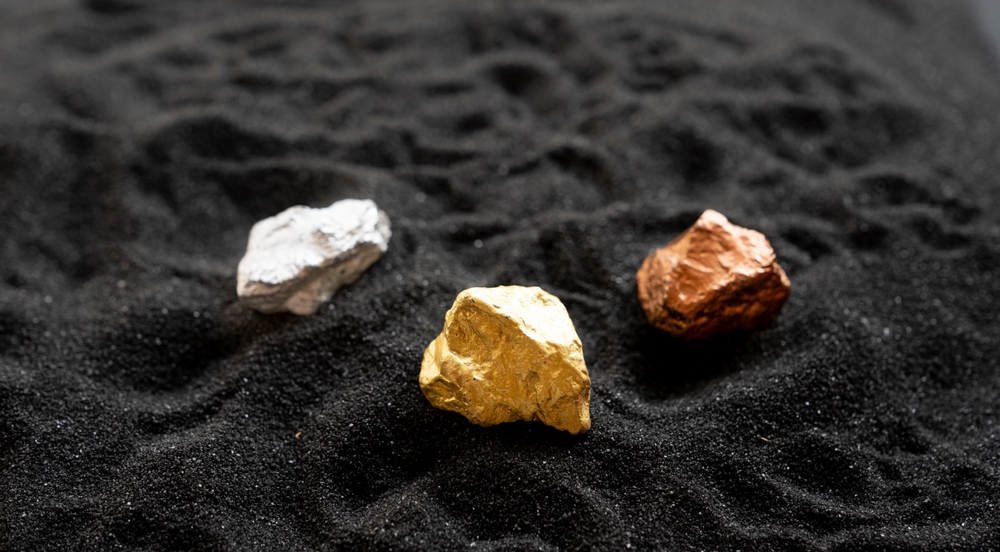
The Aesthetic Transformation
How Mixed Metals Create Stunning Designs
The aesthetic transformation achieved through mixing metals with gold results in a range of stunning designs. For instance, the creation of rose gold involves mixing gold with copper, resulting in a fashionable pink hue that has become increasingly popular in contemporary jewellery. White gold, on the other hand, is achieved by alloying gold with metals such as Palladium or nickel. This combination offers a sleek, modern look that pairs exceptionally well with diamonds and other gemstones, making it a preferred choice for a variety of elegant jewellery pieces.
Combining Colors
The art of mixing metals allows for the creation of multi-toned jewellery designs. This technique not only adds visual interest but also allows wearers to express their unique style. For example, a ring featuring both yellow and white gold can create striking contrast, making it a standout piece.
Strength and Durability
Enhanced Scratch Resistance
One of the primary benefits of using gold alloys in jewellery is enhanced scratch resistance. The addition of stronger metals increases the overall hardness of the jewellery, allowing it to withstand daily wear. This durability is particularly important for pieces like engagement rings, which are worn constantly.
Improved Structural Integrity
Gold alloys also improve the structural integrity of intricate designs. By combining gold with stronger metals, jewellers can create delicate pieces that maintain their shape and beauty over time. This is essential for ensuring that detailed designs remain intact, providing longevity for treasured items.
Customizing Your Look
Mixing Metals in Everyday Wear
The trend of mixing metals has gained popularity in contemporary jewellery design. Many people enjoy wearing pieces that combine gold with silver or other alloys, allowing for a unique style that reflects their personality. This approach not only enhances the visual appeal but also offers versatility, making it easy to mix and match with other jewellery.
Statement Pieces
Designers are increasingly using mixed metals to create bold statement pieces. These designs often incorporate various colors and textures, resulting in eye-catching jewellery that stands out. Whether it’s a chunky bracelet or an elaborate necklace, mixed metal designs allow for creativity and individual expression in gold jewellery.
Conclusion
Gold jewellery is not just about beauty; it’s also about strength and durability. By understanding the basics of gold alloys and the benefits of mixing metals, you can appreciate the craftsmanship behind each piece. Whether you prefer the warm tones of rose gold or the sleek finish of white gold, the world of gold jewellery offers something for everyone. As you explore your options, consider how these alloys enhance the appearance and longevity of your favorite pieces. Embrace the beauty and strength of gold alloys, and enjoy the stunning designs they create.
At Aarchievgold, we believe in the power of mixing metals to create stunning and durable gold jewellery. Explore our collection of unique pieces of gold jewellery.
FAQs
Why is pure gold too soft for jewellery?
Pure gold, while beautiful, is too soft for everyday wear and tear. It has a tensile strength of less than 20,000 PSI, making it vulnerable to scratches and dents.
What are the benefits of mixing metals in gold jewellery?
Mixing metals enhances gold jewellery’s strength and scratch resistance while adding contrasting colors and textures for visual appeal.
How do different metals change the appearance of gold jewellery?
Different metals alter gold’s appearance: copper creates a warm pinkish hue in rose gold, while silver and palladium result in sleek, white gold.
Is it possible to mix silver and gold jewellery together?
Yes, mixing silver and gold jewellery is acceptable and a trendy way to express your style.

